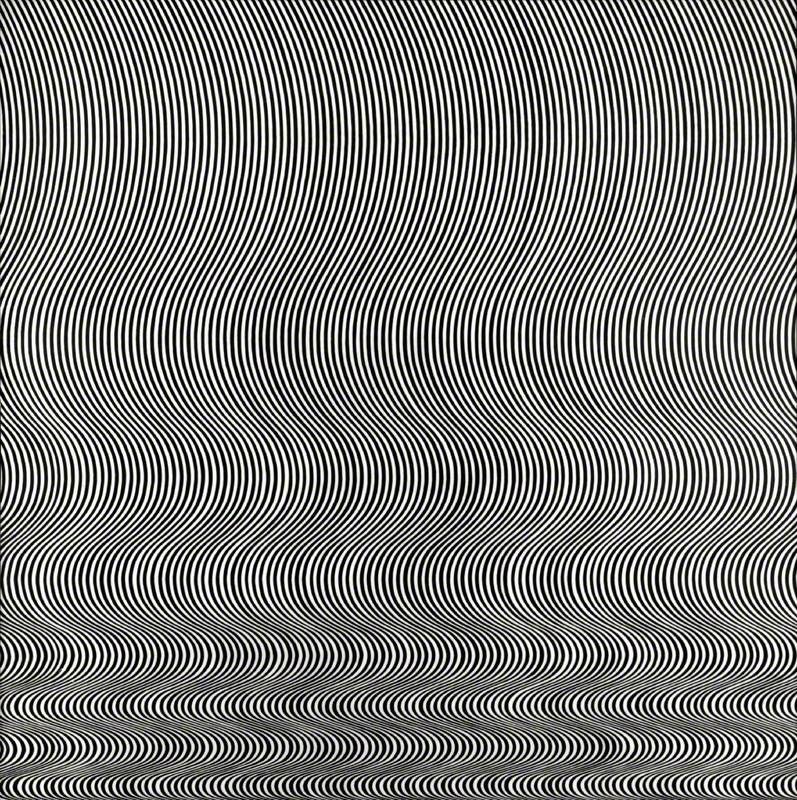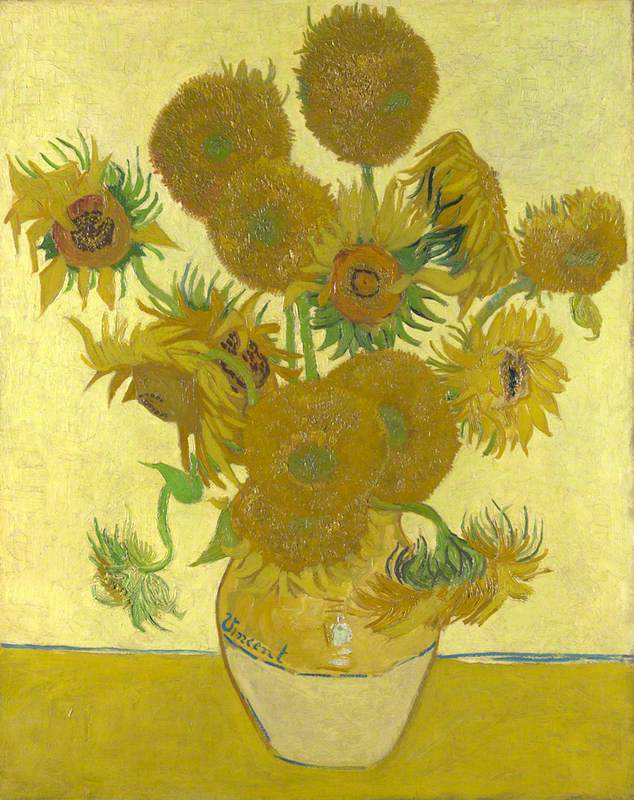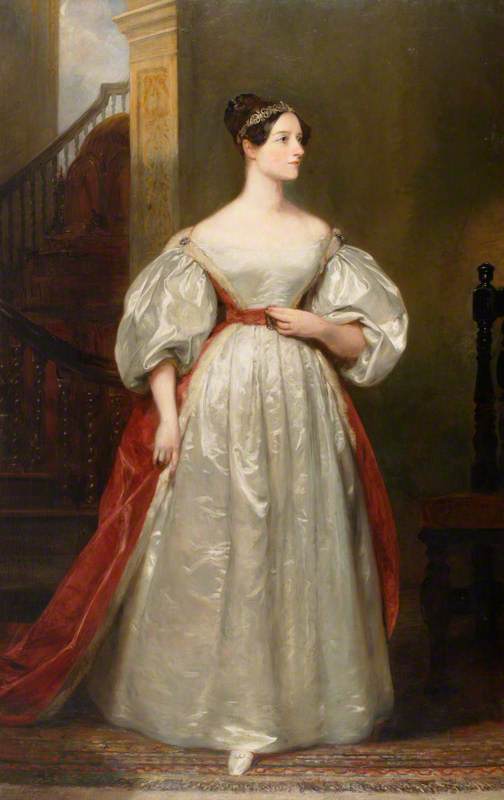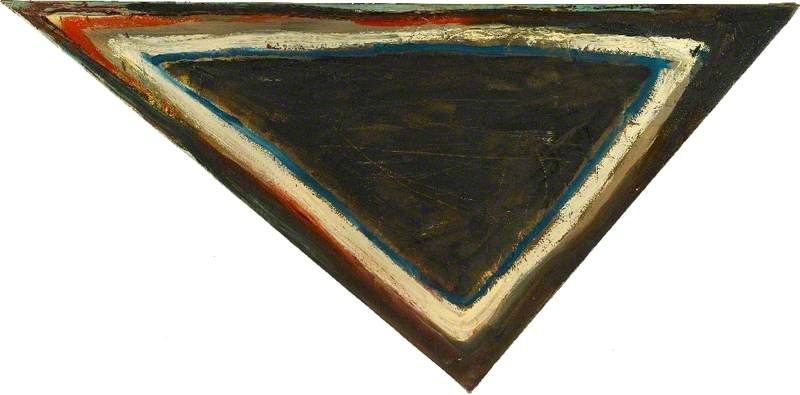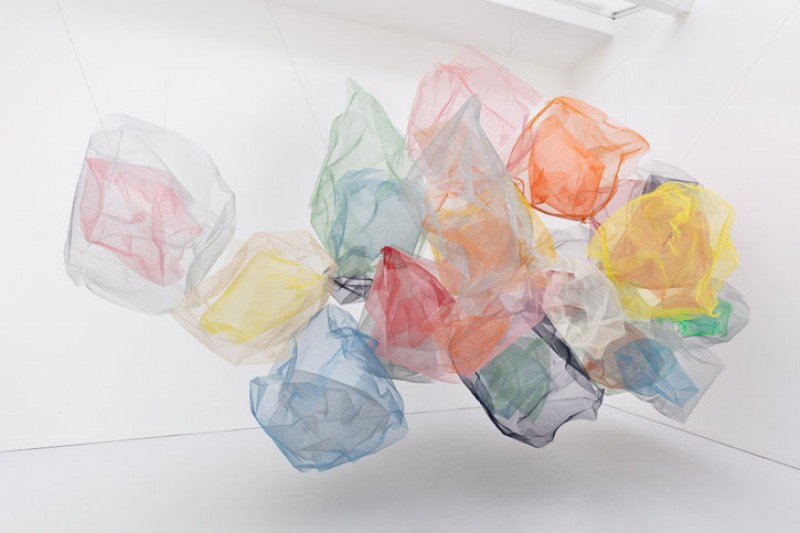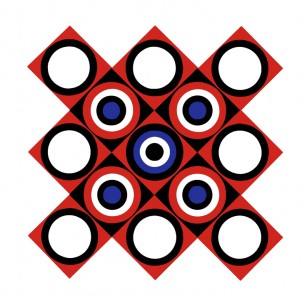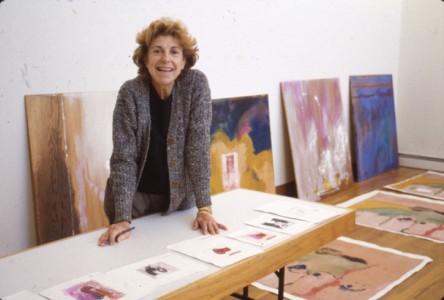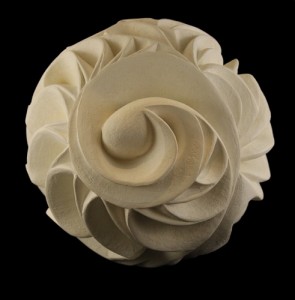I only came to embrace my particular taste in art after I moved to New York in 2005. The interest has always been there, however. I remember being especially engrossed in the few art history classes that formed a part of my high school curriculum, as well as on visits to museums such as The Louvre and The Metropolitan Museum of Art during family holidays. Gift shop items from these trips further contributed to my education; my mother had a fridge magnet of Klimt’s The Kiss, as well as various artist calendars featuring works by Georgia O’Keeffe, Mark Rothko, and Rembrandt, to name a few. My brother bought prints of Van Gogh’s paintings that he framed and put up in the hallway outside our rooms. I recall Café Terrace at Night most fondly. At the time, I decided those painters and paintings were my favourites, because growing up, I always looked up to my parents and my brother as arbiters of taste.
My move to New York was fuelled by an intense desire to become my own person. Aged 20, I was eager to establish an adult identity and my own aesthetic sensibilities. Part of that process was about developing my likes and dislikes within the world of art. I spent countless hours at the city’s museums and galleries, immersing myself in a myriad of movements from Art Nouveau to Modernism. It was during this time that I came across the work of Agnes Martin.
I believe I was at the MoMA when I first saw her work. I couldn’t tell you now which painting it was, but I have a clear memory of my reaction to it. I was with a friend who was studying to become a curator, and upon spotting Martin’s piece from across the room, I grabbed her arm and blurted out: 'Who’s that by?' Before she had a chance to reply, I ran towards Martin’s work and stood in front of it, staring. I remember a range of emotions running through me as I looked. I settled on wonder. I’d seen comparable works by abstract expressionist and minimalist painters before, but hers possessed a quality of both strength and vulnerability that resonated with my psychic state.
In the painting’s calculated, linear structure, I sensed her indomitable resolve. In the light, sometimes quivering, graphite lines that merged with swathes of pale hues, I detected a feeling of exposure. I still find it rather challenging to put into more detailed words why and how I love Martin’s work, because my connection to it is predominantly emotional. Why do I like her work? It makes me calm. Sometimes it incites joy. Most importantly, it brings me a sense of solidarity, a knowing that work can be a meditative means to achieving a state of mind. The state of mind you wish to have, rather than the one you’re predisposed to have.
Martin was diagnosed with paranoid schizophrenia in early adulthood, and struggled with mental equilibrium throughout her life. Understanding this changed how I perceive her pieces. The struggle between her turbulent inner state, and the wish for her paintings 'to represent beauty, innocence and happiness', is ever present. The paintings represent the supreme effort of a person channelling the entirety of her focus onto the canvas, so that other, more tempestuous feelings are kept at bay. The peace and beauty that prevails is hard earned, and represents the calm after a storm. I want to be enveloped by her work, to enter it as I would a forest, and go through the meditative process that she went through in order to arrive at this place of serenity. I experience this feeling each time I have a chance to see her paintings in person. No photograph can capture the subtle nuances of artistic vocabulary that communicate this revelation.
Martin said: 'The value of art is in the observer. When you find out what you like, you're really finding out about yourself.'
Through my discovery and subsequent adoration of her work, I’ve come to know myself better. I now truly understand where my tastes and preferences lie. While I haven’t ever been diagnosed with mental illness, I’ve long been prone to anxiety and general restlessness. I’m constantly searching for ways to accomplish a state of ease, and I’m drawn to visual representations of quietude. Whether it’s found in a painting, a sculpture, the colour a wall has been painted, a coat, or a sofa, I find solace and boundless beauty in muted colour palettes and simple, pared back looks. It allows me to really breathe. My aesthetic inclinations are, therefore, directly influenced by my emotional state.
The other artists that I’ve come to champion all came after Agnes. I needed to recognise why I liked what I liked, and she was the one who helped me do this. She is my first great love in art, and I think this love has, in some ways, led me to the man that I’ll be marrying this spring. Of all his qualities, the one I cherish the most is his calm disposition. If he were an Agnes Martin painting, I think he would be A Grey Stone (1963).
Rosa Park, Editor-in-Chief, Cereal magazine




